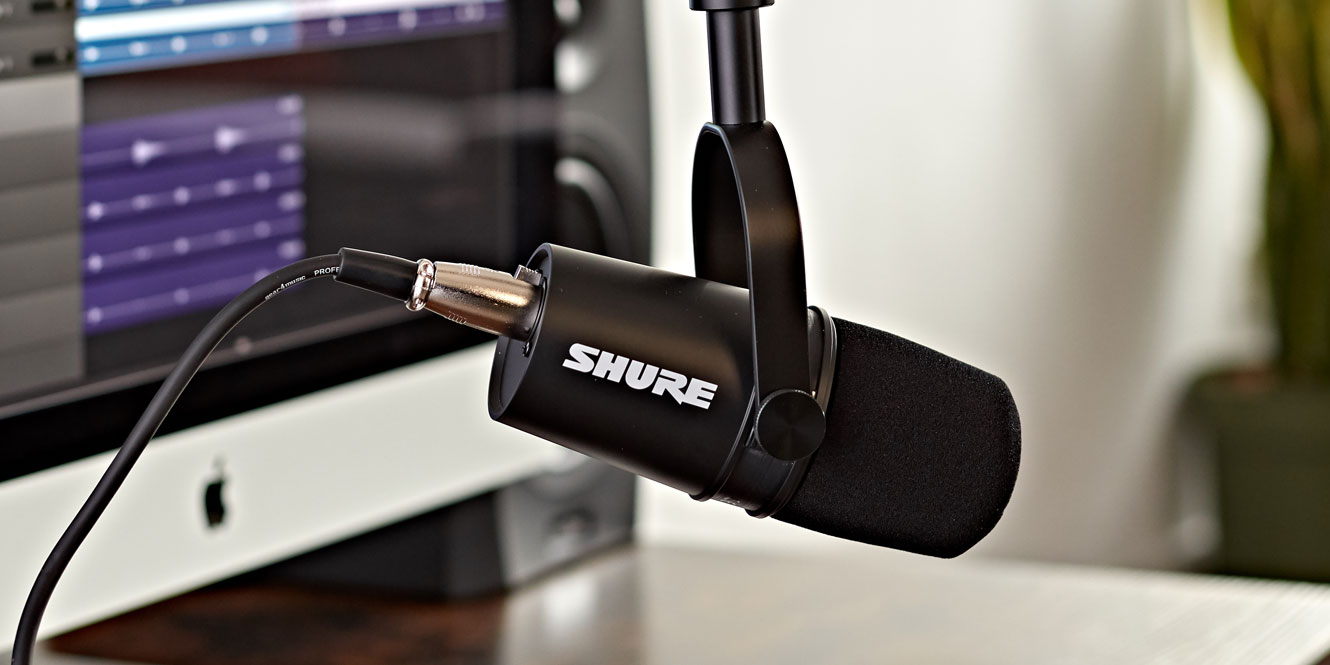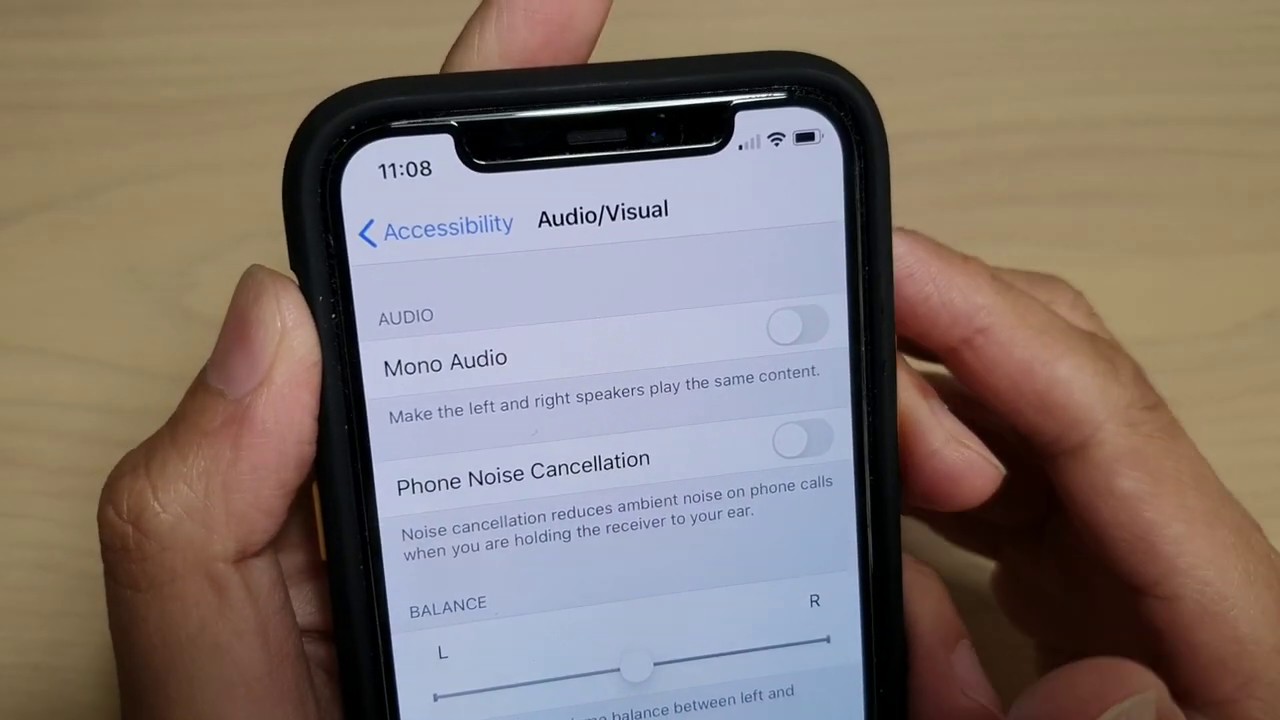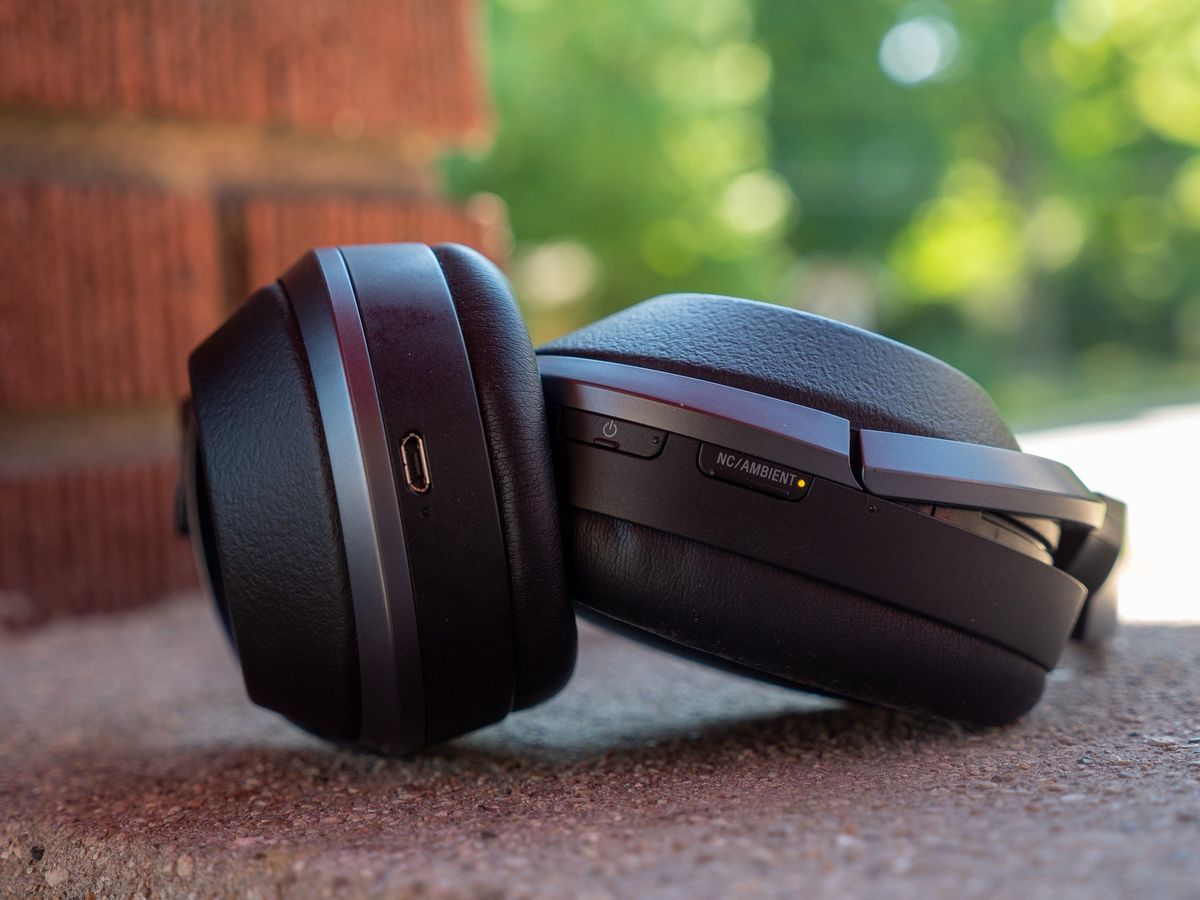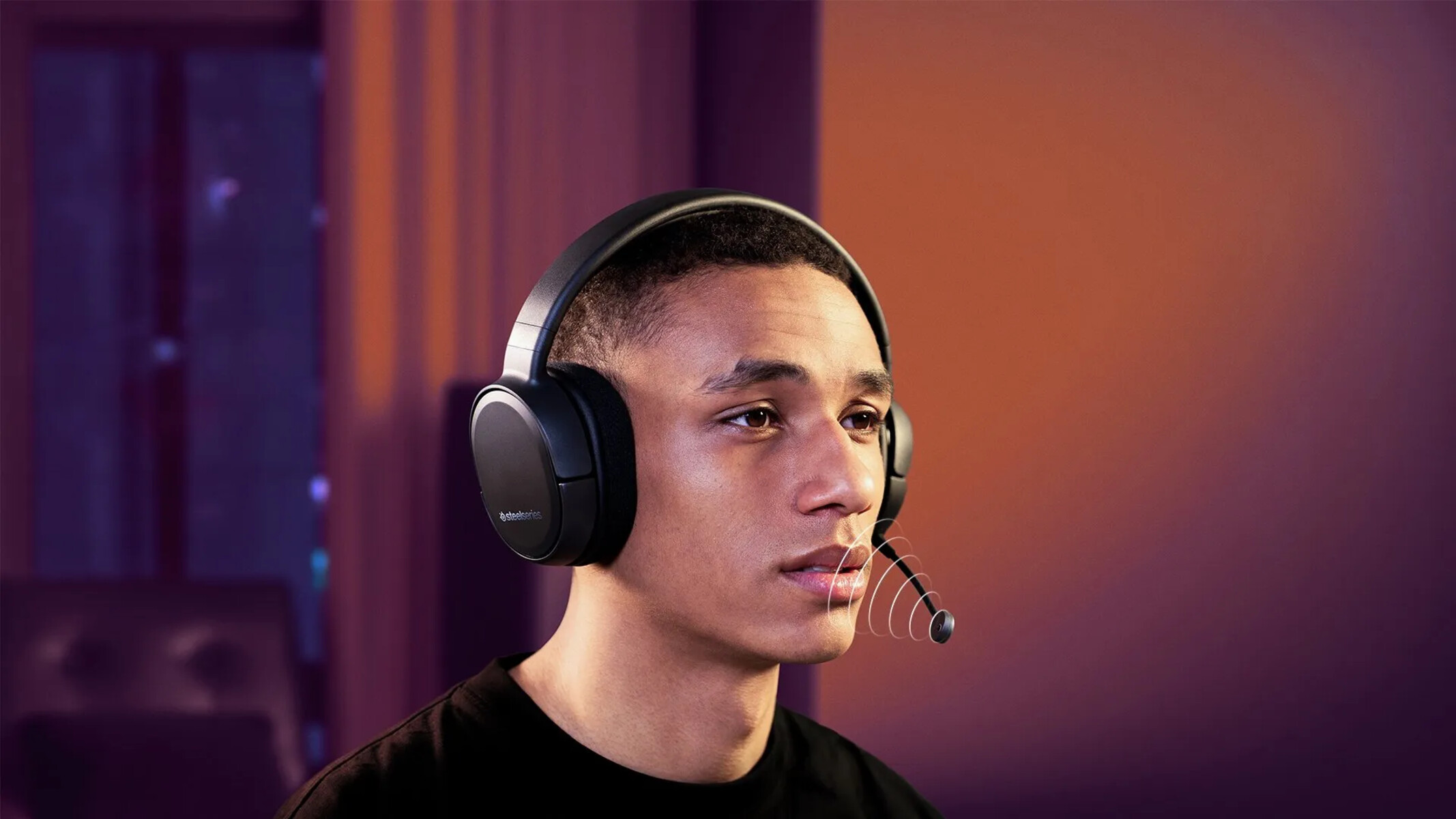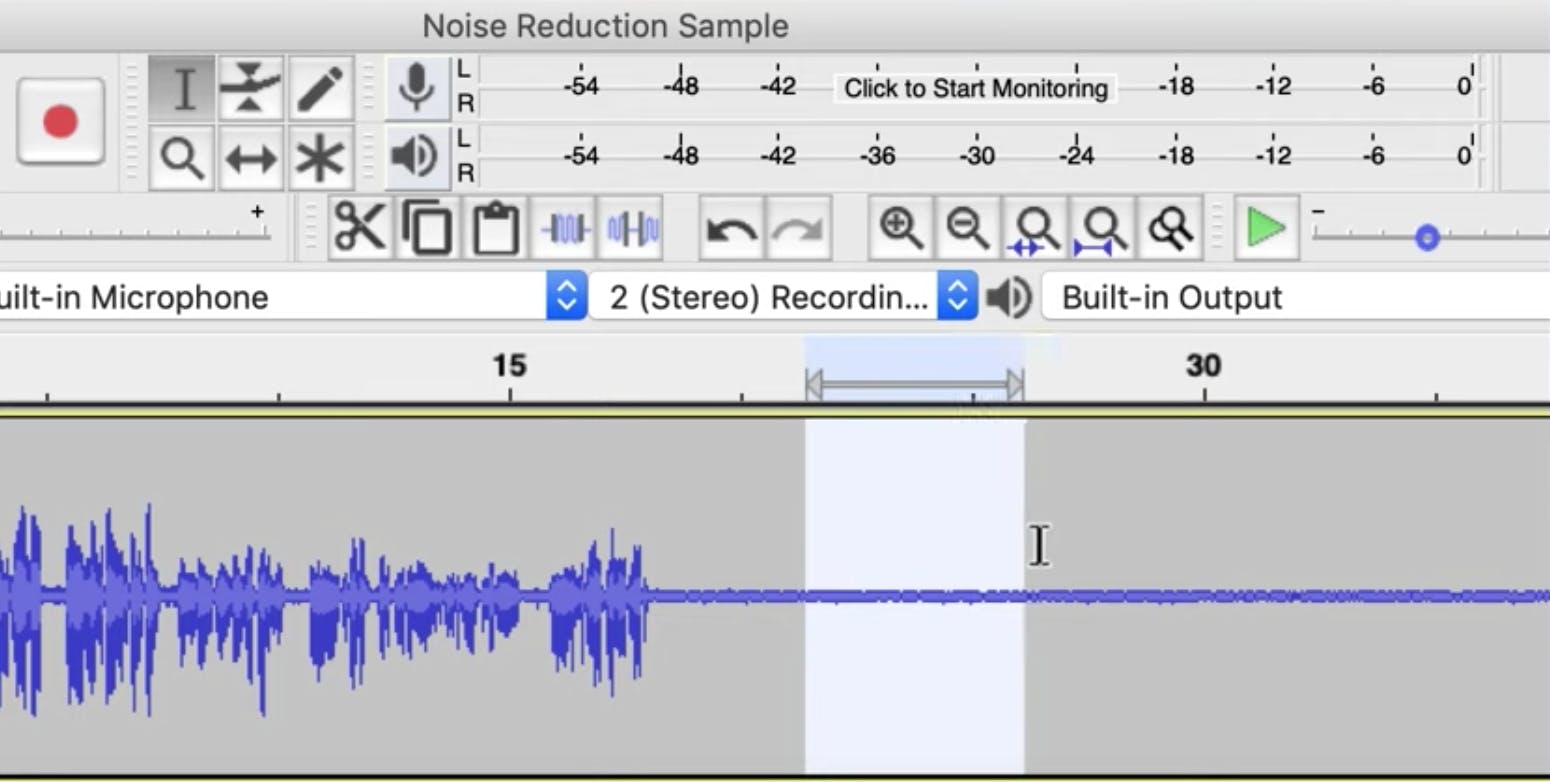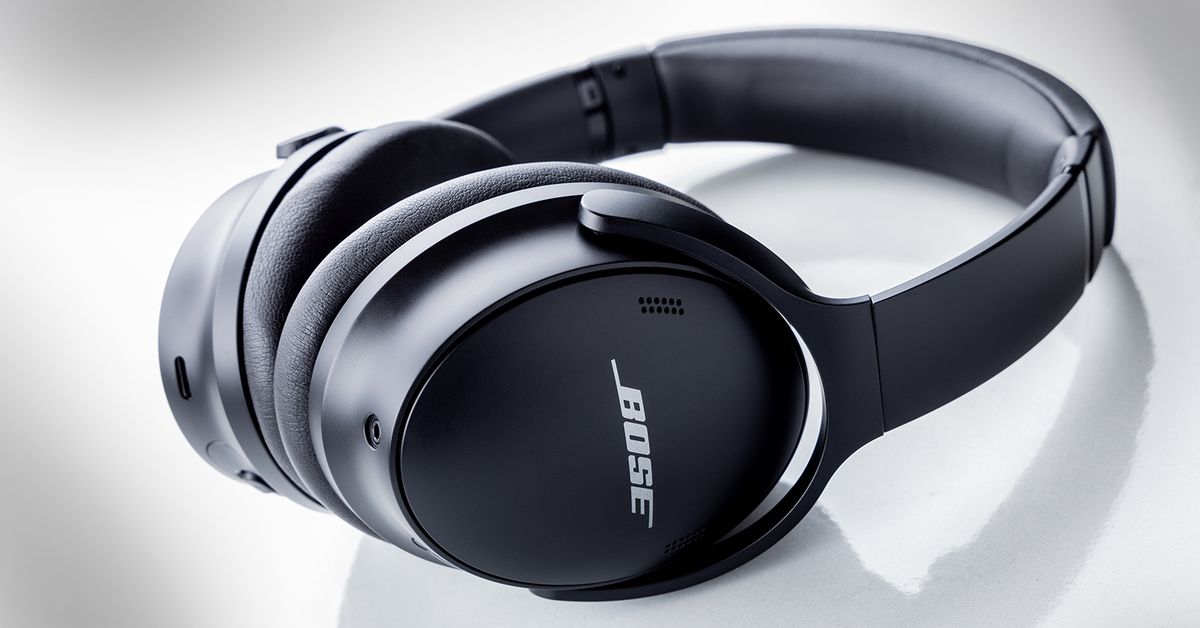Home>Production & Technology>Noise Cancellation>Which Type Of Noise Cancellation Is Best?


Noise Cancellation
Which Type Of Noise Cancellation Is Best?
Modified: January 22, 2024
Discover the best type of noise cancellation for your needs. Explore the top options in noise cancellation technology and make an informed decision to enjoy a peaceful and immersive audio experience.
(Many of the links in this article redirect to a specific reviewed product. Your purchase of these products through affiliate links helps to generate commission for AudioLover.com, at no extra cost. Learn more)
Table of Contents
Introduction
Noise cancellation technology has become increasingly popular in today’s fast-paced and noisy world. Whether you’re traveling on a crowded train, working in a bustling office, or simply trying to enjoy some peace and quiet at home, noise cancellation can make a world of difference.
But with so many options available, it can be overwhelming to choose the right type of noise cancellation for your needs. In this article, we will explore different types of noise cancellation and help you understand which one might be best suited to your specific requirements.
Before diving into the different types of noise cancellation, it’s important to understand the basic concept. Noise cancellation works by using advanced technology to reduce or eliminate unwanted sounds in your environment. It achieves this by emitting a sound wave that is the exact opposite of the incoming noise, effectively canceling it out.
Now, let’s take a closer look at the various types of noise cancellation:
Passive Noise Cancellation
Passive noise cancellation, also known as noise isolation, is the simplest and most basic form of noise cancellation. It relies on physical barriers and design features to block out external sounds.
This type of noise cancellation is achieved through the use of materials that are inherently sound-absorbing, such as foam or dense padding. These materials are strategically placed in headphones or earbuds to create a seal that prevents outside noise from entering the ear canal.
Passive noise cancellation is effective in reducing low-frequency sounds, such as background chatter or engine rumble. However, it may not be as effective against higher-frequency noises or sudden loud sounds.
One of the key advantages of passive noise cancellation is that it doesn’t require power or complicated technology to function. This makes it a popular choice for individuals who prefer simplicity and don’t want to rely on batteries or electronic components.
It’s important to note that while passive noise cancellation can provide some level of noise reduction, it does not actively cancel out the noise. Instead, it acts as a physical barrier that muffles external sounds.
Overall, passive noise cancellation is a cost-effective solution for individuals who want to eliminate some of the background noise without investing in more advanced technology.
Active Noise Cancellation
Active noise cancellation (ANC) takes noise reduction to the next level by integrating advanced technology into headphones or earbuds. Unlike passive noise cancellation, which relies on physical barriers, ANC uses microphones and electronic circuitry to actively counteract external noise.
Here’s how active noise cancellation works: the built-in microphones pick up the surrounding sounds, analyzes them, and generates an inverse sound wave. This inverse wave is then played through the headphones, effectively canceling out the ambient noise.
Active noise cancellation is particularly effective in reducing consistent, steady-state noises, such as the hum of airplane engines or the background noise in a busy office. It’s designed to target low-frequency sounds and can significantly reduce their impact.
One of the main advantages of active noise cancellation is its adaptability. Since it operates in real-time, it can adjust its noise-cancellation properties based on the specific environment and the type of noise present.
However, it’s important to note that active noise cancellation may have limitations when it comes to sudden or impulsive noises, such as loud voices or door slams. While it can still offer some reduction, it may not completely eliminate these types of sounds.
Active noise cancellation technology does require power to function, so headphones equipped with ANC typically include a battery or need to be connected to a power source. This power requirement is necessary for the microphones and circuitry to operate effectively.
In summary, active noise cancellation is a powerful technology that actively counters external noise and provides a more immersive and peaceful listening experience.
Adaptive Noise Cancellation
Adaptive noise cancellation is a more advanced form of noise reduction technology that takes active noise cancellation to another level. It combines the features of active noise cancellation with additional intelligent algorithms to provide a customized and personalized noise cancellation experience.
This type of noise cancellation takes into account the user’s specific noise environment and adapts its settings accordingly. It continuously monitors the surrounding sounds and adjusts the level of noise cancellation to optimize the listening experience.
Adaptive noise cancellation utilizes advanced signal processing algorithms that can identify the frequency and characteristics of different types of noise. This enables the system to dynamically adjust the anti-noise generated to effectively cancel out specific environmental noises.
One of the significant benefits of adaptive noise cancellation is its ability to adapt to changes in the noise environment in real-time. For example, if you’re in a crowded coffee shop and the background noise level increases, adaptive noise cancellation can automatically increase the level of noise reduction to maintain a peaceful listening experience.
Additionally, adaptive noise cancellation can also take into account factors like the user’s hearing profile and sound preferences. By analyzing the user’s unique hearing characteristics, it can tailor the noise cancellation settings to optimize audio quality while reducing unwanted noise.
However, it’s important to note that adaptive noise cancellation technology is typically found in higher-end headphones or specialized audio devices. The complex algorithms and sensors required for this level of customization may not be available in all consumer-grade audio products.
In summary, adaptive noise cancellation provides a more personalized and tailored experience by continuously adjusting the level of noise reduction based on the user’s environment and preferences.
Hybrid Noise Cancellation
Hybrid noise cancellation is a cutting-edge technology that combines different types of noise reduction techniques to deliver the most effective noise cancellation experience. It brings together the strengths of both active and passive noise cancellation to provide superior performance.
This type of noise cancellation employs both electronic circuitry and physical barriers to achieve optimal noise reduction. It uses microphones to detect and analyze external noise, generating an anti-noise signal to cancel out unwanted sounds, just like active noise cancellation. However, it also incorporates the use of specially designed materials and seals to physically block out ambient noise, similar to passive noise cancellation.
The combination of these two approaches allows hybrid noise cancellation to provide exceptional noise reduction across a wide range of frequencies. It can effectively cancel out low-frequency sounds as well as attenuate higher-frequency and sudden noises.
One of the key advantages of hybrid noise cancellation is its versatility. It can adapt to different noise environments and adjust its noise-cancellation properties accordingly. This makes it suitable for various settings, whether you’re in a noisy office, commuting on a busy train, or simply trying to relax at home.
Additionally, hybrid noise cancellation can often provide a more consistent and immersive listening experience compared to other types of noise cancellation. It offers a balance between actively canceling out unwanted noise and physically isolating the ear from the external environment.
However, it’s worth noting that hybrid noise cancellation is typically found in high-end headphones or premium audio devices. The integration of multiple technologies and materials can increase the cost and complexity of these products.
In summary, hybrid noise cancellation combines the benefits of active and passive noise cancellation to deliver exceptional noise reduction across a wide range of frequencies and environments, providing a superior listening experience.
Comparison of Different Types of Noise Cancellation
Now that we’ve explored the various types of noise cancellation, let’s compare them to see how they stack up against each other in different aspects:
Effectiveness: When it comes to overall noise reduction, hybrid noise cancellation tends to offer the most effective results. It combines the advantages of active and passive cancellation, providing excellent noise reduction across a wide range of frequencies. Adaptive noise cancellation is also highly effective, as it can dynamically adjust to specific noise environments. Passive noise cancellation is the least effective in reducing noise, but it can still provide some level of isolation.
Power Requirements: Both active and adaptive noise cancellation technologies require power to function. This means that headphones equipped with these features need a power source or a built-in battery. Passive noise cancellation doesn’t require any additional power, making it a more convenient option for those who prefer simplicity.
Price: Passive noise cancellation is generally the most affordable option since it doesn’t involve advanced technology or additional components. Active noise cancellation and adaptive noise cancellation, on the other hand, tend to be more expensive due to their complex circuitry and algorithms. Hybrid noise cancellation falls in the higher price range due to the combination of multiple technologies.
Customization: Adaptive noise cancellation offers the most customization, as it can adjust its settings based on the noise environment and the user’s preferences. It takes into account factors like the user’s hearing profile to optimize noise cancellation. Hybrid noise cancellation also allows for some level of customization, but to a lesser extent. Passive and active noise cancellation are generally not customizable, offering a more standardized experience.
Compatibility: Passive noise cancellation is compatible with a wide range of audio devices since it doesn’t require any special technology. Active, adaptive, and hybrid noise cancellation may have specific compatibility requirements and may work best with devices that support these technologies. It’s important to check the compatibility of your audio device before opting for a specific type of noise cancellation.
Ambient Awareness: Passive noise cancellation provides the lowest level of ambient awareness since it completely isolates the ear from the external environment. Active, adaptive, and hybrid noise cancellation technologies can reduce noise while still allowing some degree of awareness of the surroundings. This can be beneficial in situations where it’s essential to stay aware of potential hazards or conversations happening around you.
Ultimately, the best type of noise cancellation for you depends on your specific needs and preferences. If you’re looking for simplicity and affordability, passive noise cancellation may suffice. If you prioritize maximum noise reduction and customization, adaptive or hybrid noise cancellation could be a better fit. Consider your budget, desired level of noise reduction, and the specific environments in which you’ll be using the noise cancellation technology to make an informed decision.
Conclusion
Noise cancellation technology has revolutionized the way we experience sound in our daily lives. Whether you’re a frequent traveler, a professional working in a noisy office, or simply someone seeking tranquility during your leisure time, noise cancellation can significantly enhance your overall experience.
In this article, we explored different types of noise cancellation: passive, active, adaptive, and hybrid. Each type offers its own advantages and considerations, allowing you to choose the option that best suits your needs.
Passive noise cancellation provides a simple and cost-effective solution by physically blocking out external sounds. Active noise cancellation takes it a step further by using advanced technology and microphones to actively cancel out ambient noise. Adaptive noise cancellation brings customization to the forefront by dynamically adjusting noise reduction based on the environment and user preferences. Hybrid noise cancellation combines the best features of active and passive cancellation, offering exceptional noise reduction across a broad frequency range.
When deciding which type of noise cancellation to choose, consider factors such as effectiveness, power requirements, price, customization options, compatibility, and desired level of ambient awareness. This will help you make an informed decision that aligns with your requirements and preferences.
Remember that noise cancellation technology is continuously evolving, with advancements being made in signal processing, intelligent algorithms, and materials. It’s always a good idea to stay informed about the latest innovations in order to make the most informed choices.
Regardless of the type of noise cancellation you ultimately choose, incorporating this technology into your audio devices can transform your audio experience by providing a more immersive, personalized, and peaceful listening environment.

